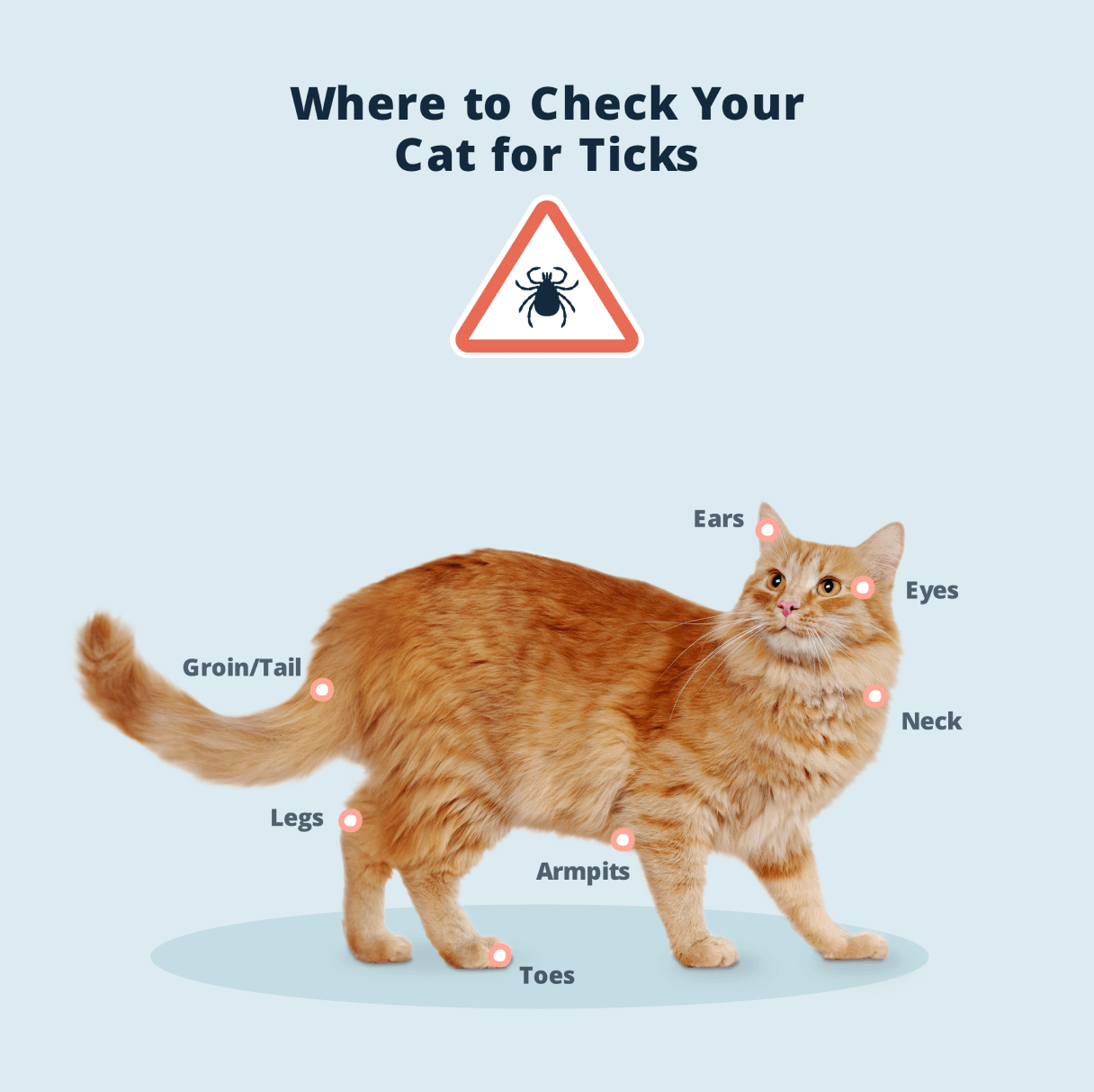Ticks can be a serious nuisance for your cat, and the risks go far beyond the itchiness or irritation they cause. These little pests can transmit diseases such as Lyme disease, among others, making it important to handle them quickly and with care. Over the next several sections, I�ll walk you through everything you need to know�from preparing your space to safely removing a tick and taking steps to keep them at bay in the future.
1. Getting Ready: What You�ll Need
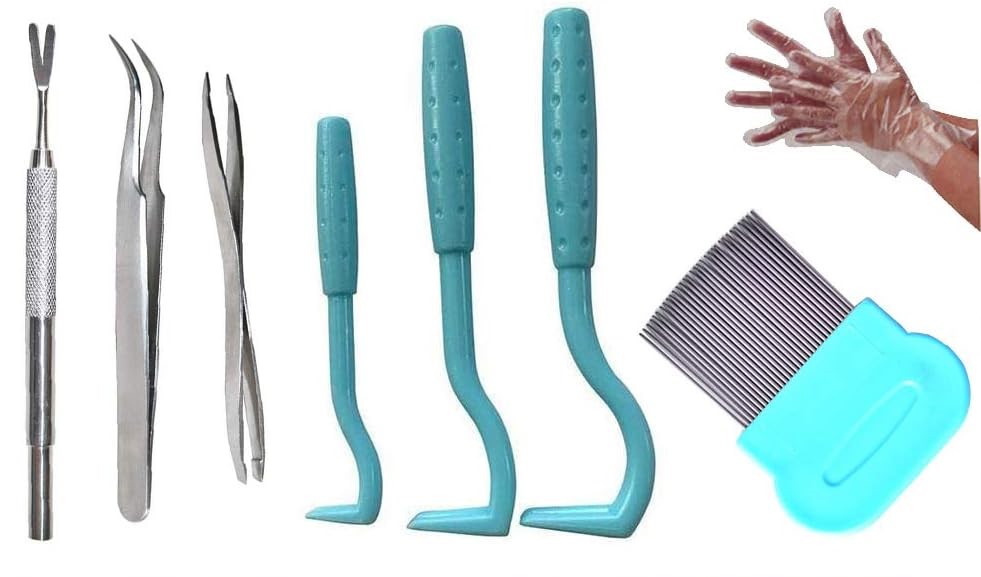
Before you jump into action, gather a few items to help make the process as smooth and stress-free as possible. You might already have many of these around the house:
- Fine-Tipped Tweezers or a Tick Removal Tool: A pair of tweezers that can grip a tick close to your cat�s skin is essential. Some pet owners prefer specialized tools designed specifically for tick removal because they often make the job easier.
- Disposable Gloves: These help keep you safe from any bacteria or diseases that might be lurking on the tick.
- Antiseptic or Disinfectant: You�ll need something gentle for cleaning the bite area once the tick is out.
- A Small, Sealable Container: Whether it�s a tiny jar or a plastic bag, this will be useful for storing the tick in case you need to show it to your vet later.
- Some Treats: Think of these as little rewards. After you�re done, a treat can help soothe your cat and reinforce a positive experience.
Having everything ready beforehand makes the process less stressful for both you and your furry friend. It�s a bit like preparing a recipe�you want all your ingredients at hand before you begin.
2. Keeping Your Cat Comfortable

Cats can be unpredictable, especially when they�re not feeling their best or when they sense something is off. Creating a calm atmosphere is the first step to a successful tick removal. Here are a few ideas that might help:
- Find a Quiet Spot: Choose a room or a cozy corner where your cat feels secure. It might be near their favorite blanket or bed.
- Get Some Help: If your cat tends to squirm or get anxious, having someone gently hold them can be a big help. Just make sure your helper knows to be calm and gentle.
- Soothing Sounds and Touches: Soft music or a gentle, quiet conversation can do wonders. Talk to your cat in a calm voice and stroke them lightly. The idea is to reassure them throughout the process.
- Take Your Time: Don�t rush things. It�s perfectly okay to pause if your cat gets too agitated. The goal is to work at a pace that keeps your pet as comfortable as possible.
The more relaxed your cat is, the easier it will be for you to locate and remove the tick without causing undue stress or injury.
3. Finding the Tick
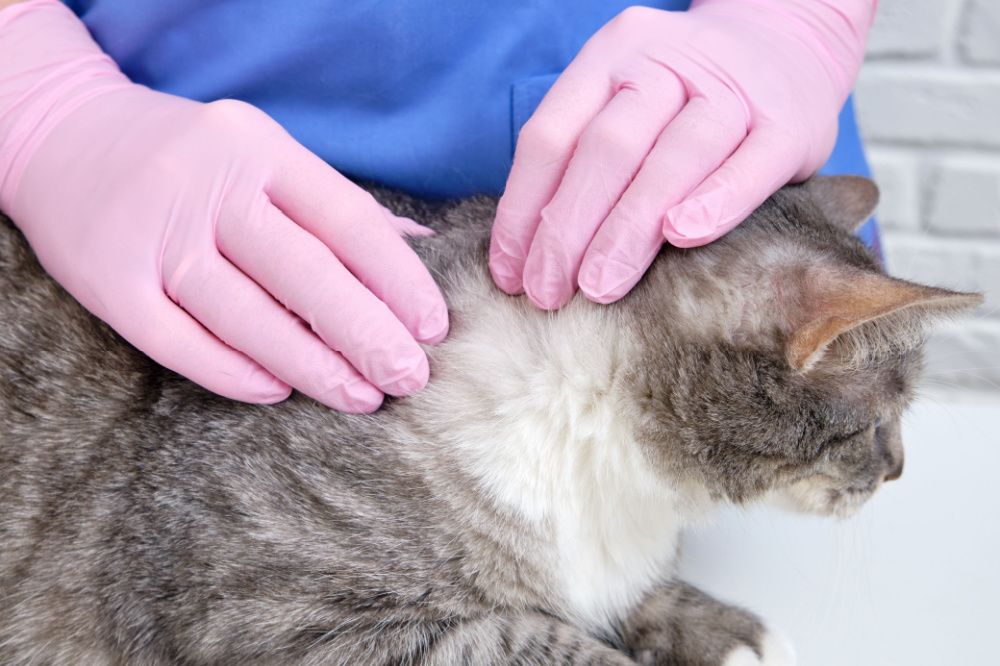
Now that you�re set up and your cat is hopefully in a calmer state, it�s time to search for the tick. Ticks are sneaky and can hide in places that are hard to see, so you might need to be a bit methodical:
- Common Hideouts: Ticks tend to attach themselves in areas with less fur or where the skin is softer. Check around the ears, the neck, under the collar, between the toes, and even in the armpits.
- Good Lighting Helps: Make sure you�re working in a well-lit area. If needed, use a flashlight to help you see better.
- Take It Slow: Part the fur gently to get a good look at your cat�s skin. Look for small lumps or spots that seem unusual. Ticks can be brown, black, or sometimes a reddish hue depending on the type.
Remember, it might take a few minutes of careful searching to locate the tick. Patience is key here, as missing a tick could mean leaving behind part of it, which might lead to infection.
4. Removing the Tick
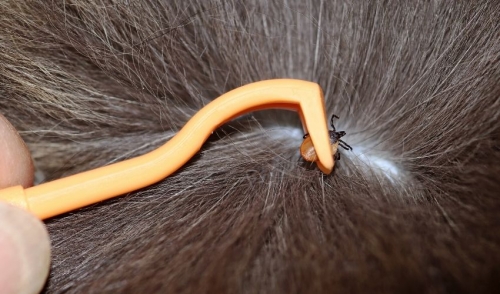
When you�ve found the tick, the next step is to remove it carefully. Whether you�re using tweezers or a tick removal tool, the process is similar�gentle, steady, and precise.
Using Tweezers
- Protect Yourself: First, put on your disposable gloves. This isn�t just about hygiene�it�s about keeping both you and your cat safe.
- Grip Close to the Skin: With your fine-tipped tweezers, get as close to the skin as possible. It�s important not to pinch your cat�s skin; focus on grasping the tick itself.
- Steady, Even Pressure: Slowly pull upward with steady pressure. Avoid any twisting or sudden jerking motions, as this could cause the tick to break apart. The goal is to remove it intact.
- Double-Check the Site: Once the tick is out, take a moment to inspect the bite area. If any bits of the tick�s head or body remain, you might need to remove them to prevent infection.
Using a Tick Removal Tool
- Slide the Tool Under: Position the removal tool gently under the tick. These tools are designed to minimize the chance of squeezing the tick and releasing any harmful fluids.
- Lift Gently: Pull upward slowly. It might feel like a tiny tug, but a careful, smooth motion usually does the trick.
- Inspect the Area: As with tweezers, once the tick is removed, examine the bite site carefully to ensure nothing is left behind.
A crucial piece of advice: Do not try to crush the tick. Squeezing it might release pathogens into your cat�s bloodstream, complicating things further.
5. Proper Disposal of the Tick
After successfully removing the tick, you�ll want to get rid of it in a way that prevents it from causing any more trouble.
- Store It Safely: Place the tick in your small container filled with rubbing alcohol. This will kill the tick and preserve it, which can be useful if you need to take it to your vet for identification or testing.
- Don�t Flush It: It might be tempting to just flush the tick down the toilet, but ticks are surprisingly resilient and might survive in water.
- Label If Needed: If you decide to save the tick, consider labeling the container with the date and any other relevant details. This can be helpful for any future reference, especially if your cat develops symptoms later on.
Proper disposal is an often-overlooked step, but it�s important for preventing the spread of any diseases the tick might carry.
6. Caring for the Bite Area

Once the tick is out, the focus shifts to ensuring that the bite area remains clean and free of infection. Here�s how to take care of your cat�s skin post-removal:
- Clean Gently: Use a mild antiseptic or disinfectant that�s safe for cats. Gently dab the area to remove any bacteria that may have been introduced during the tick removal.
- Monitor Closely: Over the next few days, keep an eye on the bite. Look out for signs of infection�redness, swelling, or any discharge are red flags. If you see any of these signs, or if your cat starts acting strangely, reach out to your vet immediately.
- Keep It Dry: Let the area dry naturally without applying any harsh creams or lotions unless advised by your vet. Sometimes, less is more when it comes to healing skin.
Taking these extra steps can help prevent complications and ensure that your cat�s skin heals properly.
7. Keeping an Eye on Your Cat�s Health

Tick bites can sometimes lead to more serious issues, so it�s important to watch for any signs that your cat might be unwell. Here are some things to keep in mind:
- Behavioral Changes: If your cat seems unusually lethargic, loses interest in food, or appears to be in pain, these might be early signs of a tick-borne disease.
- Physical Symptoms: Keep an eye out for a fever, swelling, or limping. Even subtle changes in behavior or appearance can be significant.
- Stay in Touch with Your Vet: If you notice anything concerning, don�t wait. A quick visit to the vet can make all the difference. It�s always better to be safe than sorry when it comes to your pet�s health.
Keeping a daily log or just mentally noting any changes can be very useful information for your veterinarian, should any issues arise later.
8. Steps to Prevent Future Tick Infestations
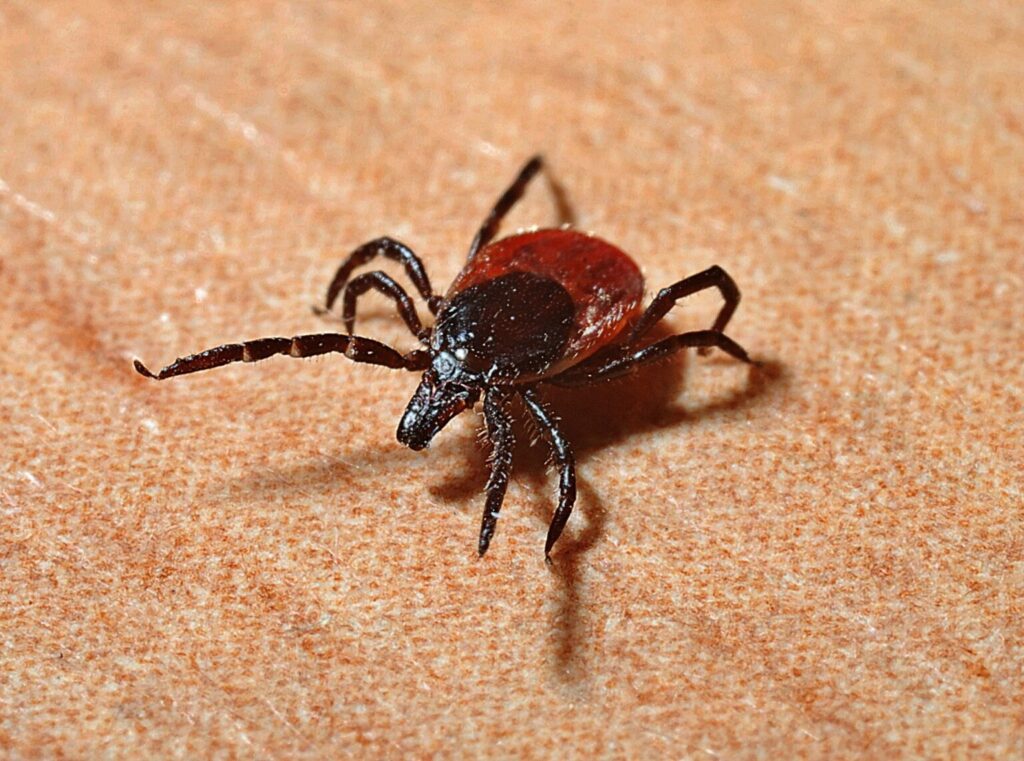
While removing a tick is crucial, the best strategy is to prevent them from attaching to your cat in the first place. Here are some ideas that have worked well for many pet owners:
Use Preventative Treatments
- Topical Treatments: Many vets recommend spot-on treatments that are applied to the cat�s skin. These products can repel ticks effectively for weeks at a time.
- Tick Collars: Modern tick collars are designed to continuously release active ingredients that deter ticks. Ensure the collar is a good fit and safe for your cat�s size and breed.
- Oral Medications: In some cases, oral medications are prescribed to help protect your cat from a variety of parasites, including ticks. Talk with your vet about what might be best for your pet.
Regular Grooming and Home Checks
- Daily Inspections: Especially after your cat has been outdoors, take a few minutes to check their fur. Focus on the ears, neck, and other common tick hideouts.
- Brushing: Regular brushing isn�t just good for your cat�s coat; it�s also a great way to catch ticks before they become a problem.
- Seasonal Vigilance: Ticks tend to be more active in the warmer months, so consider ramping up your preventive measures during spring and summer.
Keep Your Yard Tick-Free
- Yard Maintenance: If you have a yard, keeping the grass trimmed and removing leaf litter or other debris can reduce the places where ticks like to hide.
- Safe Outdoor Spaces: Consider setting up a confined outdoor area for your cat, or limiting their time outside if ticks are a common issue in your region.
- Consult Professionals: Sometimes, local pest control or landscaping experts can offer advice specific to your area on how to create a tick-resistant outdoor space.
Preventing ticks isn�t about a single solution; it�s about a combination of careful pet care and maintaining a safe environment.
9. Personal Tips for a Smoother Experience
Over the years, I�ve learned that preparation and a little extra care can make a big difference in how your cat responds to tick removal. Here are a few personal tips that might help:
- Stay Calm: Your cat picks up on your emotions. If you�re anxious or rushing, your pet might become more stressed. Take a few deep breaths, and remind yourself that you�re doing the right thing.
- Reward Good Behavior: After the process is over, treat your cat to their favorite snack or a little extra playtime. This helps create positive associations with grooming sessions.
- Educate Yourself: There are plenty of resources and community advice out there. Don�t hesitate to share your experiences with other pet owners or ask your veterinarian for the latest tips on tick prevention and removal.
- Keep Supplies Handy: If you live in an area known for ticks, having your removal kit easily accessible can help you act quickly when you spot a tick.
Final Thoughts
Dealing with ticks on your cat can seem overwhelming, but it really comes down to being prepared, staying calm, and taking action quickly. Ticks may be small, but they can lead to big problems if left unchecked. By following the steps outlined above, you�re not only addressing the immediate issue but also taking steps to protect your cat from future infestations.
Regularly checking your cat after outdoor adventures, maintaining a tick-safe yard, and keeping up with preventive treatments are all part of a proactive approach to your pet�s health. Remember, the goal is not just to remove a tick when you find one, but to minimize the chances of an infestation in the first place.
Ultimately, caring for your cat is about being attentive and responsive to their needs. Whether you�re a seasoned pet owner or new to the joys (and occasional challenges) of cat care, knowing how to manage ticks can help ensure that your cat stays healthy, happy, and free to enjoy life without the worry of tick-borne diseases.
If you have your own tips or stories about dealing with ticks, consider sharing them with other pet lovers. Every bit of advice can help make a difference, and your experience might be just what someone else needs to hear.

